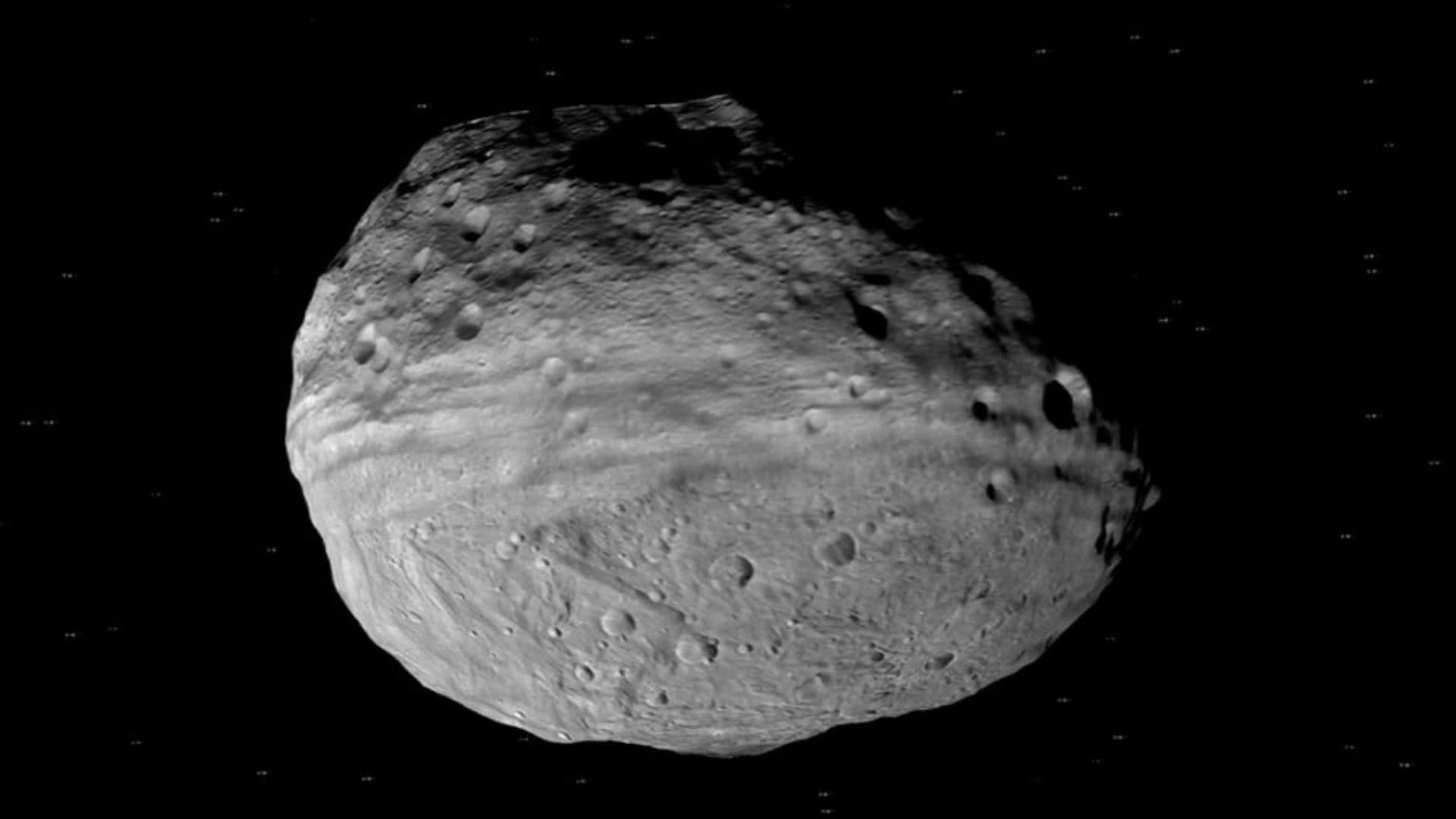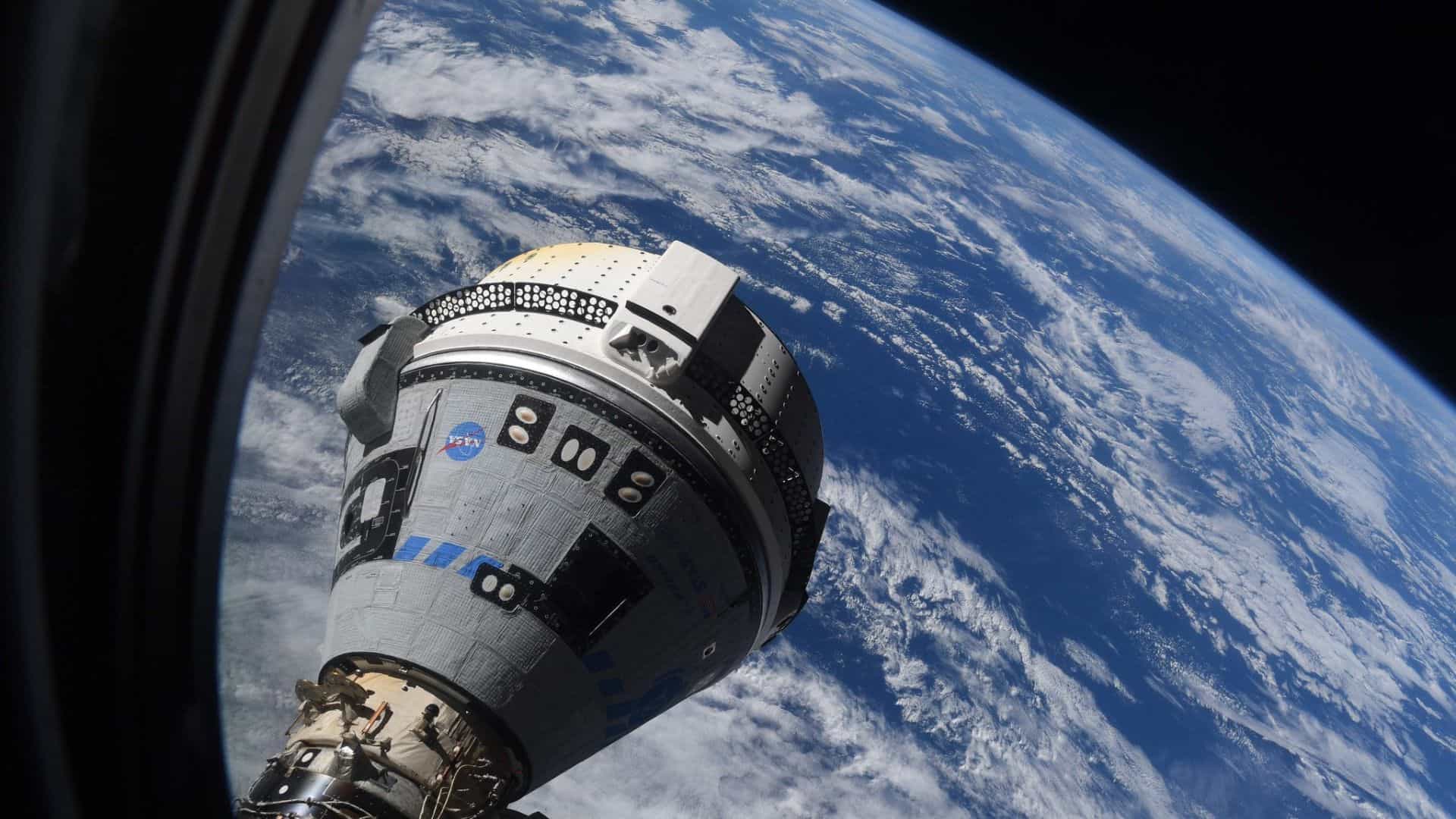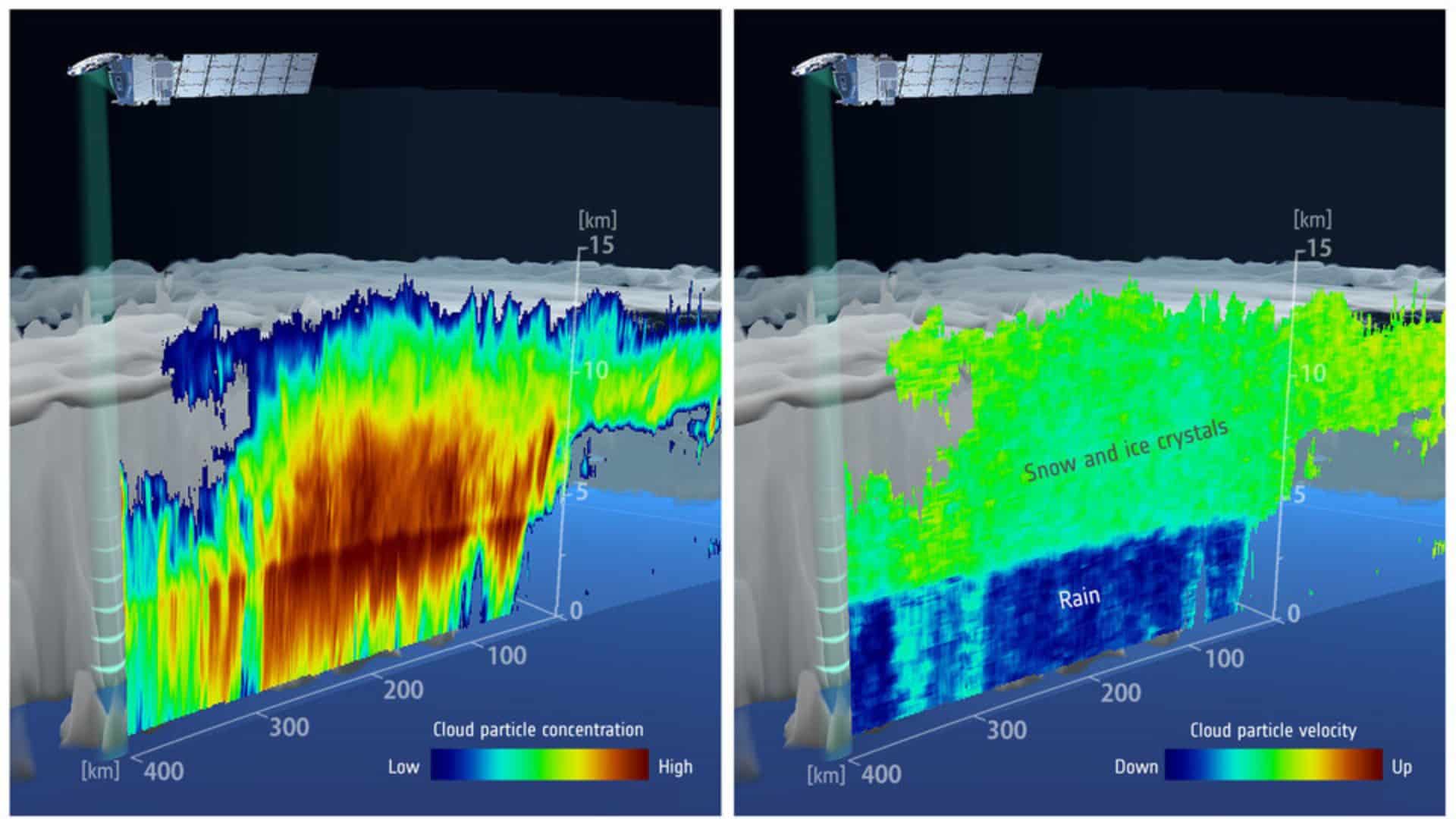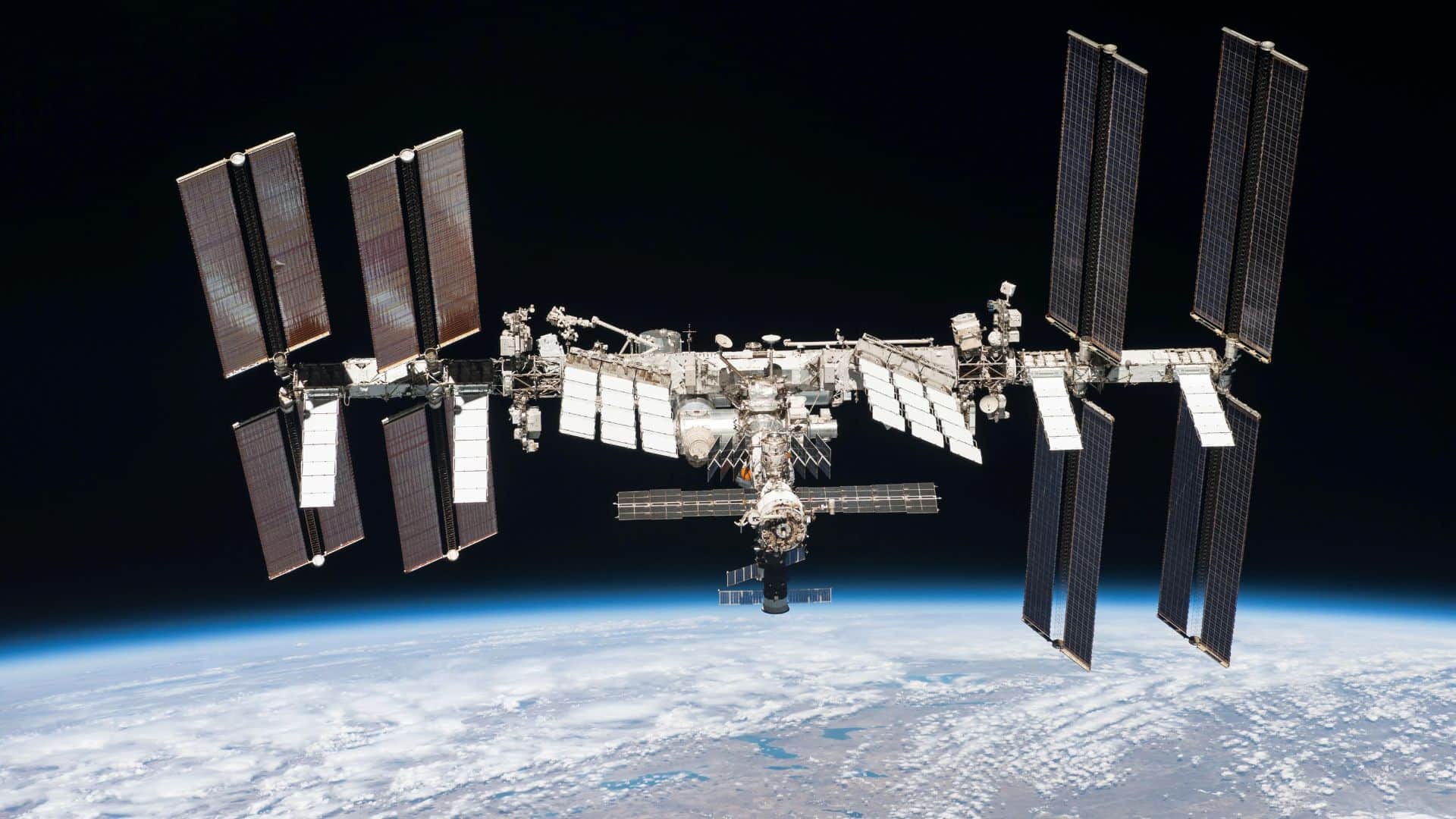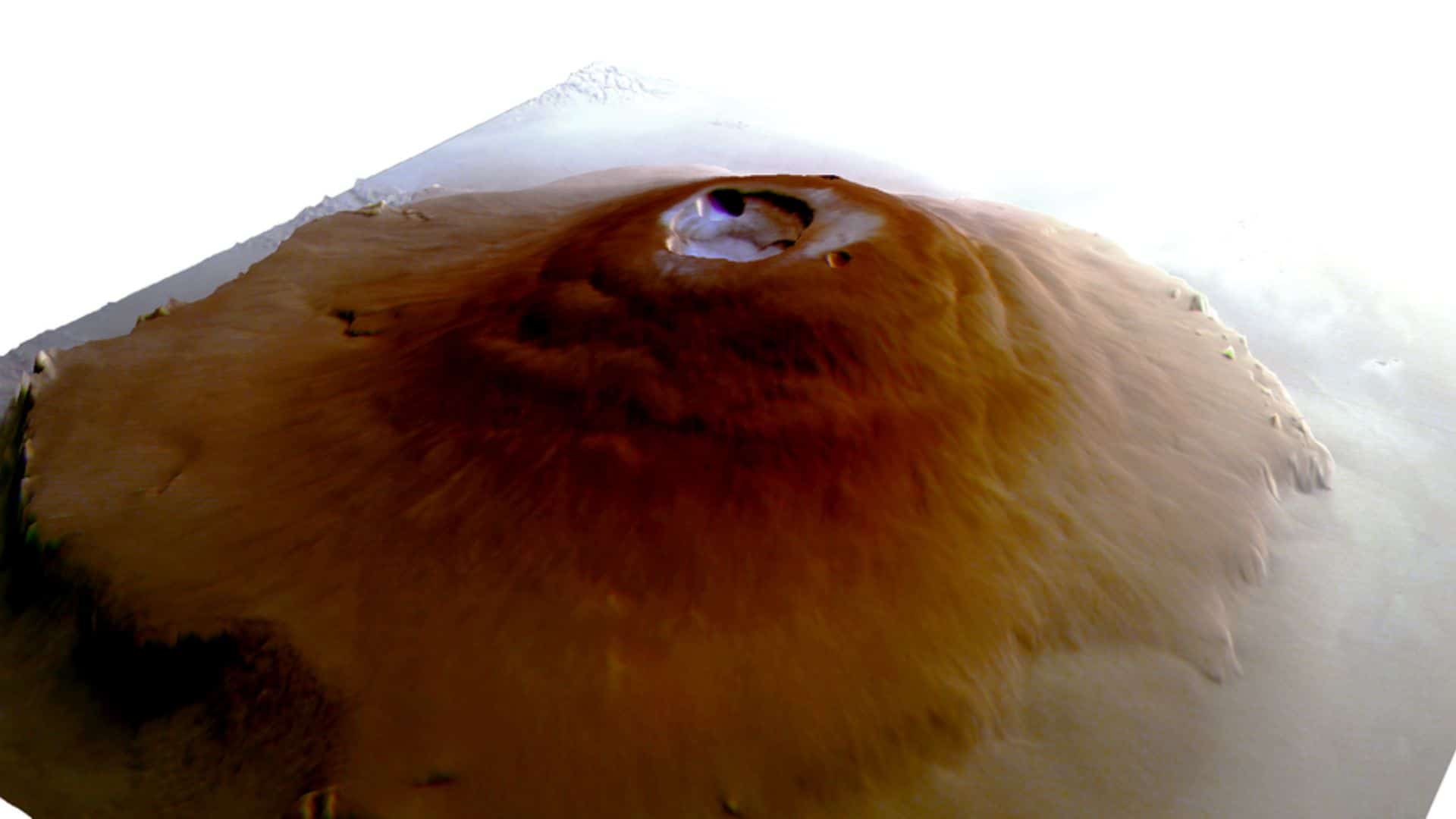
The European Space Agency’s (ESA) two Mars orbiters, ExoMars TGO and Mars Express, have discovered water frost near Mars’s equator for the first time.
The water frost has been found atop of Mars’s Tharsis volcanoes.
Tharsis volcanoes, which include Ascraeus Mons (Mons is the Latin word for mountain), Pavonis Mons, Arsia Mons, and Olympus Mons, are the tallest volcanoes not only on Mars but in our solar system. Among them, Olympus Mons is the largest volcano in our solar system, standing 22 km tall and 600 km across.
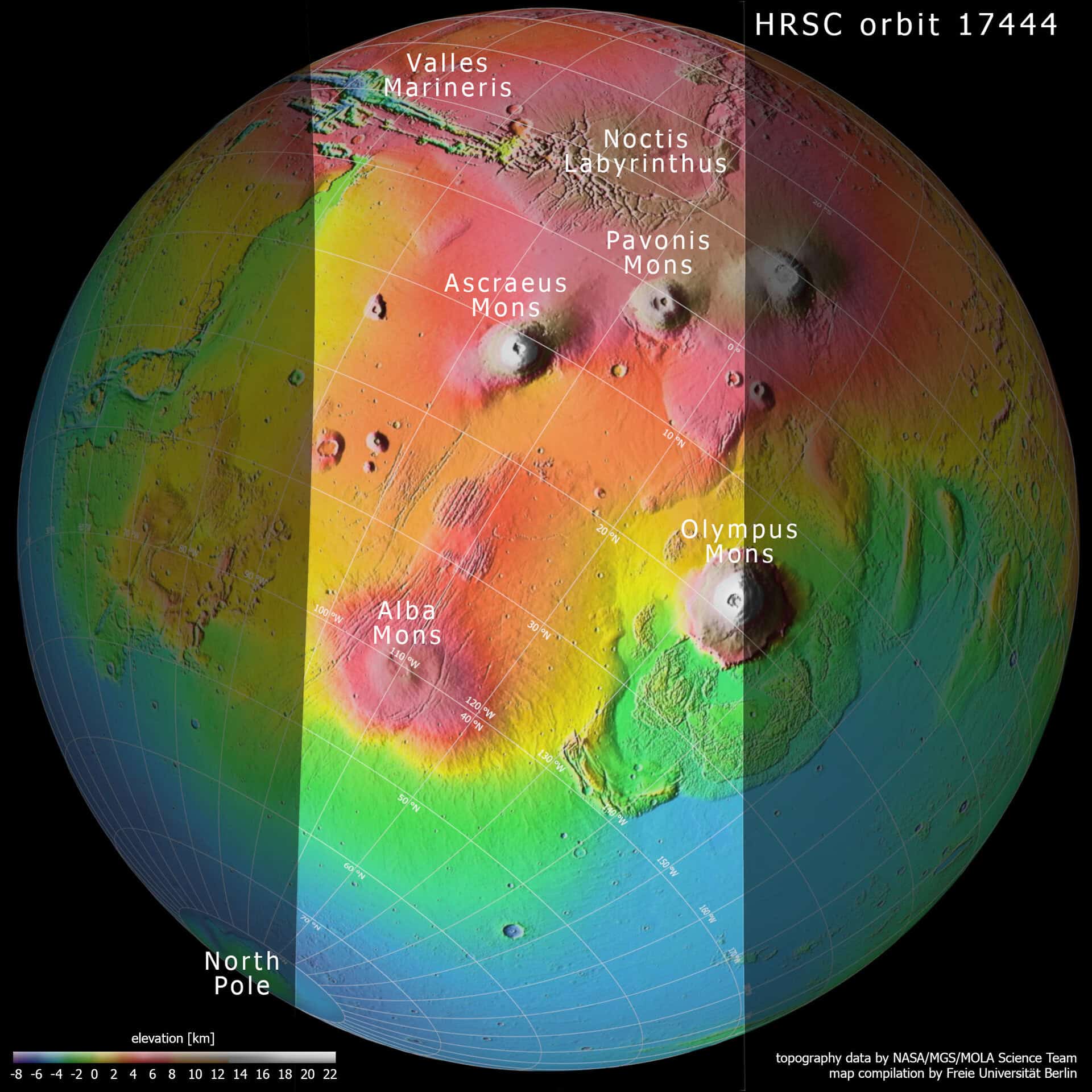
Adomas Valantinas made this discovery as a PhD student at the University of Bern, Switzerland, and is now a postdoctoral researcher at Brown University, USA.
“We thought it was impossible for frost to form around Mars’s equator, as the mix of sunshine and thin atmosphere keeps temperatures relatively high at both surface and mountaintop,” said Adomas Valantinas.
“Its existence here is exciting, and hints that there are exceptional processes at play that are allowing frost to form.”
The patches of frost are only seen in the early morning hours of Martian winter before they evaporate in sunlight.
Scientists have estimated that the patches of frost are only as thick as human hair but cover a vast area. The amount of frozen water is equivalent to roughly 60 Olympic swimming pools.
The discovery of water frost in such a peculiar location will allow scientists to model where water could exist on Mars. This kind of knowledge is essential for our future exploration of Mars.
Now the question is: why has the frost not been discovered before, despite the presence of spacecraft from other space agencies in Mars orbit?
Because most of the spacecraft from other space agencies orbit Mars over the polar regions and cross the equator in the afternoon.
While ESA’s two Mars orbiters, ExoMars TGO and Mars Express, have such orbits from where they can observe the Red Planet through the day.
The Trace Gas Orbiter (TGO) of the ExoMars mission was launched in 2016 and has been observing the Red Planet from its orbit since 2018.
The Mars Express was launched in 2003 and has been observing the Red Planet from its orbit since 2004.
A scientific paper has been published on the above findings in Nature Geoscience on June 10, 2024. This is:
Evidence for transient morning water frost deposits on the Tharsis volcanoes of Mars.
Please follow us on Facebook and Twitter to get latest space news, upcoming skywatching events and astronomy-related content.
